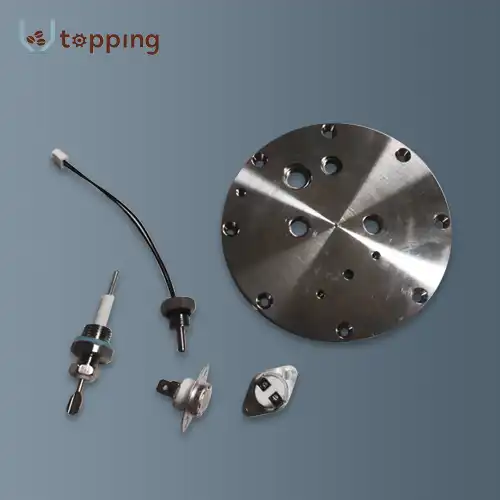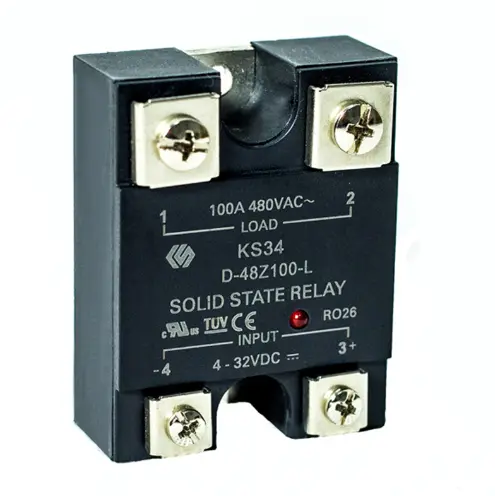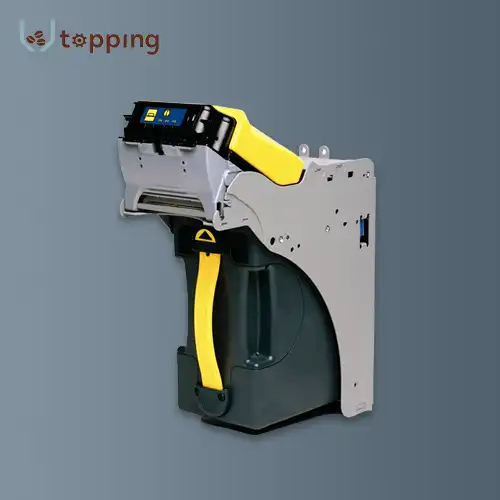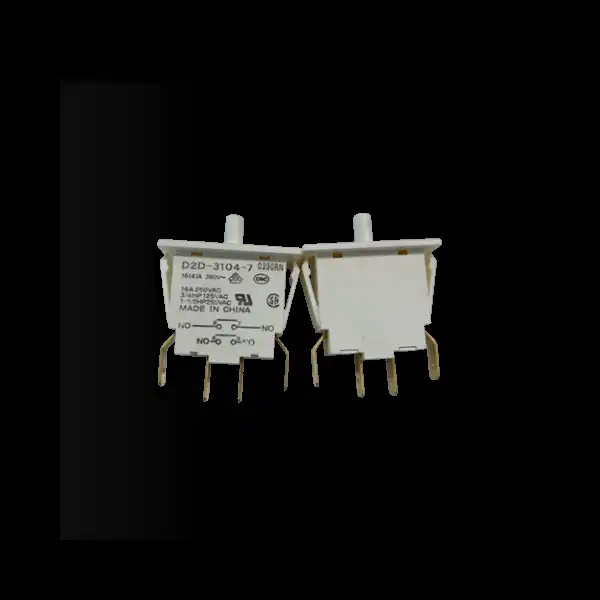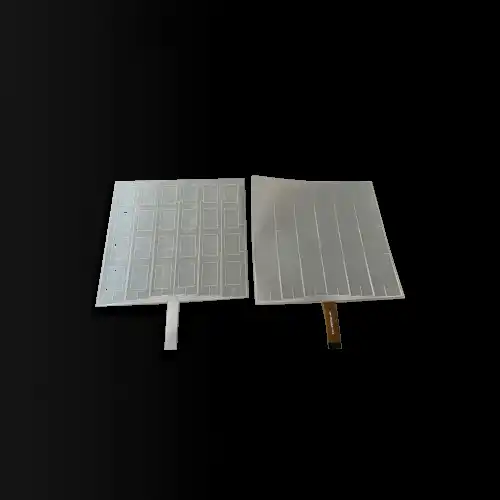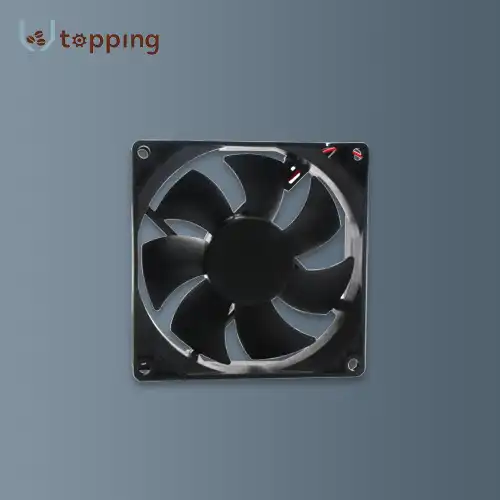How does the valve coffee machine work
2024-08-15 21:40:16
Work principle
Valve coffee machines, also known as pressure profiling espresso machines, represent a significant advancement in coffee brewing technology. These sophisticated devices allow for precise control over the extraction process, resulting in more nuanced and complex espresso shots. The key principle behind valve coffee machines is the ability to dynamically adjust water pressure and flow rate throughout the brewing cycle.
Unlike traditional espresso machines that maintain a constant pressure (typically around 9 bars) during extraction, valve coffee machines can vary the pressure in real-time. This capability is achieved through a combination of advanced pump technology and electronically controlled valves. By manipulating these variables, baristas can emphasize different flavor compounds at various stages of the extraction, leading to a more tailored and potentially superior cup of coffee.
The principle behind valve coffee machines is rooted in the understanding that different flavor compounds in coffee extract at different rates and under different conditions. By adjusting pressure and flow, it's possible to selectively extract desirable flavors while minimizing the extraction of less desirable ones. This level of control allows for a more precise and intentional approach to espresso brewing, opening up new possibilities for flavor development and consistency.

How does the valve coffee machine work
The operation of a valve coffee machine involves several key components and stages, all working in concert to achieve the desired extraction profile. Here's a detailed look at how these machines function:
1.Water Supply and Heating:
The process begins with water from the machine's reservoir or direct plumbing connection. This water is heated to the appropriate temperature, typically around 200°F (93°C), in either a boiler or a heat exchanger system. Some advanced machines use multiple boilers or on-demand heating systems for precise temperature control.
2.Pump Activation:
When the brewing cycle is initiated, a high-pressure pump is activated. This pump is capable of generating pressure well beyond the traditional 9 bars used in espresso extraction. In many valve machines, variable-speed pumps are used, allowing for fine control over water flow rates.
3.Pre-infusion Stage:
The first stage of extraction is often a low-pressure pre-infusion. During this phase, water is introduced to the coffee puck at a lower pressure, typically 2-4 bars. This allows the coffee to expand and saturate evenly, preparing it for full extraction. The duration and pressure of pre-infusion can be adjusted based on the coffee being used and the desired flavor profile.
4.Pressure Ramp-up:
After pre-infusion, the machine begins to increase pressure. This is where the valve system plays a crucial role. By precisely controlling the opening and closing of the valve, the machine can create a custom pressure profile. For example, it might ramp up quickly to 9 bars, then gradually increase to 11 bars over the course of the shot.
5.Dynamic Pressure Control:
Throughout the main extraction phase, the valve system continually adjusts to maintain the programmed pressure profile. This might involve holding steady at a certain pressure, gradually increasing or decreasing pressure, or even creating pressure "pulses." The specific profile used can be tailored to the coffee being brewed and the desired flavor characteristics.
6.Flow Rate Management:
In addition to pressure, many valve coffee machines also control the flow rate of water through the coffee puck. This is typically achieved through a combination of pump speed adjustment and valve position. Controlling flow rate allows for even finer tuning of the extraction process.
7.Pressure Decline and Shot Termination:
Towards the end of the shot, the pressure is often gradually reduced. This helps prevent over-extraction of bitter compounds in the final moments of brewing. The shot is terminated either based on a pre-programmed volume or time, or manually by the barista.
8.Pressure Release:
After the shot is complete, a separate valve (often called a 3-way or solenoid valve) opens to release the remaining pressure in the group head. This creates a dry puck and prevents dripping.
Throughout this process, the machine's control system is constantly monitoring and adjusting various parameters. Many modern valve coffee machines use advanced electronics and software to manage this process, often with touchscreen interfaces that allow baristas to create, save, and modify pressure profiles.
Some machines also incorporate real-time feedback systems. For example, they might use flow meters to measure the actual water flow through the coffee puck, or pressure transducers to monitor the true pressure at the group head. This data can be used to make micro-adjustments during brewing, ensuring that the actual extraction matches the intended profile as closely as possible.
The ability to control these variables with such precision is what sets valve coffee machines apart. By manipulating pressure and flow throughout the extraction, it's possible to emphasize different flavor compounds at different stages of the process. For example, a gentler start can enhance acidity and brightness, while a pressure increase mid-shot can boost body and intensity. This level of control allows skilled baristas to bring out the best in each coffee, highlighting specific flavor notes or balancing complex flavor profiles.
Valve Coffee Machine manufacturers
While many companies produce espresso machines, the market for advanced valve coffee machines is more specialized. However, there are also manufacturers that focus on producing high-quality components for these machines, including the crucial valves that give them their name.
One such company is Topping Motor, which has been operating in this space since 2014. As an ISO 9001 certified company, Topping Motor specializes in producing various spare parts for coffee vending machines, including critical components like bean grinders, pumps, valves, and rings.
With a global presence, Topping Motor has been supplying these crucial parts to customers across several continents, including North America, Europe, Australia, and Asia. Their client base spans countries such as the United States, Canada, Germany, India, Italy, and South Africa, demonstrating the international demand for high-quality coffee machine components.
For businesses or individuals looking for reliable valve manufacturers for coffee machines, Topping Motor can be contacted at sales@huan-tai.org. Their decade of experience in producing precision components for coffee machines makes them a noteworthy player in the valve coffee machine supply chain.
References:
1.Rao, S. (2017). The Professional Barista's Handbook: An Expert Guide to Preparing Espresso, Coffee, and Tea. Scott Rao.
2.Hendon, C. H., Colonna-Dashwood, L., & Colonna-Dashwood, M. (2014). The role of dissolved cations in coffee extraction. Journal of Agricultural and Food Chemistry, 62(21), 4947-4950.
3.Illy, A., & Viani, R. (Eds.). (2005). Espresso coffee: the science of quality. Academic Press.
4.La Marzocco USA. (n.d.). Strada EP.
5.Slayer Espresso. (n.d.). Slayer Steam LP.
Send Inquiry
Related Industry Knowledge
- Universal control board for vending machine
- Why is Cleaning the Coffee Machine Mixer Essential for Taste Quality?
- What Are the Key Components of a Coffee Vending Machine Dispensing System?
- How much of a difference does a coffee grinder make?
- What Factors Should You Consider When Choosing a Coffee Cup Dispenser?
- What is the coffee capacity of the coffee brewing Unit?
- How Does a Vending Machine Cup Dispenser Work?
- What size sieve for removing fines from coffee?
- How to use a Coffee Vending Machine Ingredient Canisters?
- Does coffee stay fresh in a Coffee Vending Machine Ingredient Canisters?

